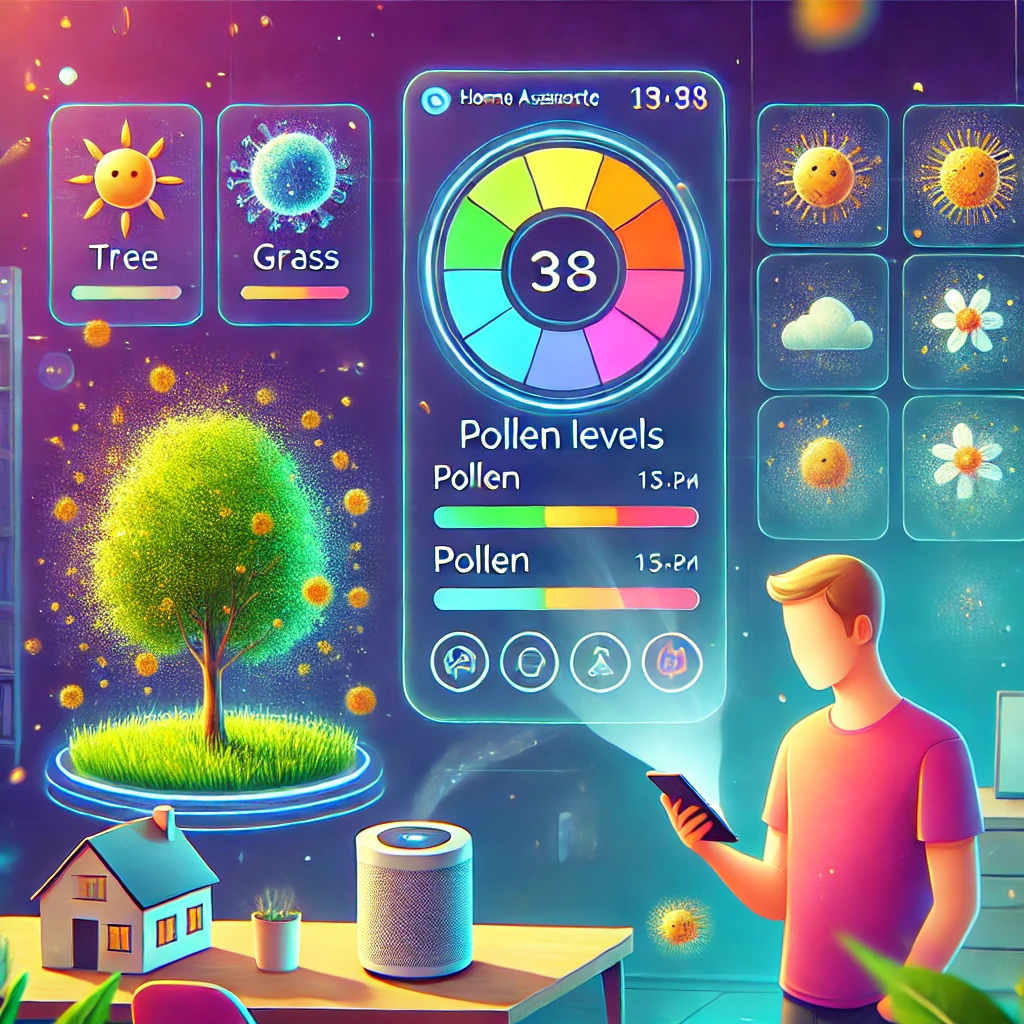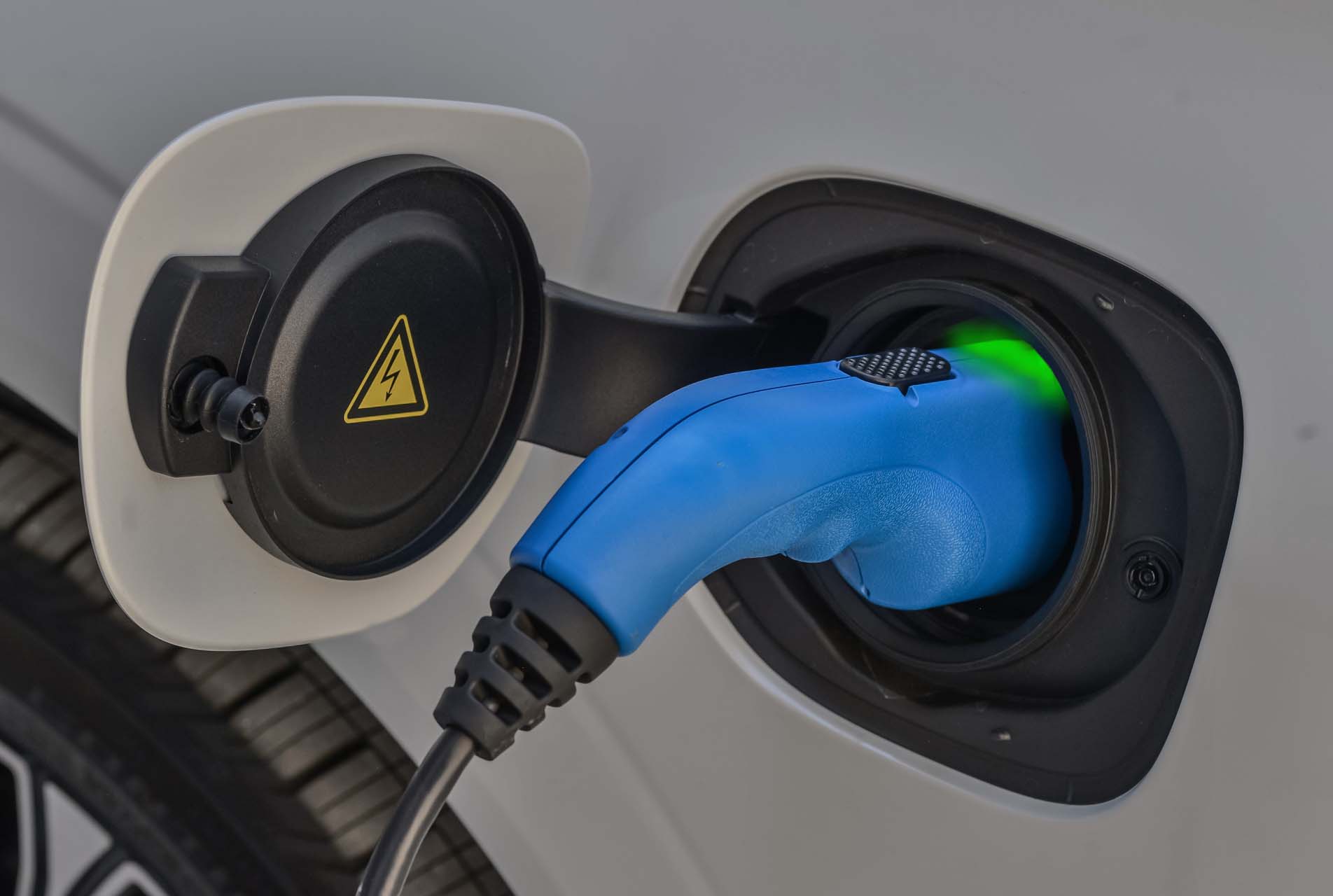If you suffer from allergies, keeping an eye on pollen levels can be essential to managing your day. With the Home Assistant Google Pollen integration by svenove, you can easily track pollen data and use it to automate your smart home. In this guide, we’ll go through how to install the integration, what you can use it for, and an example automation to help you take control of allergy season.
How Google’s Pollen Information Works
Google’s Pollen API provides detailed pollen data by collecting information on various plant species and pollen types across multiple regions. The API offers up to a 5-day pollen forecast, including pollen indices for different plant types and health recommendations. It supports three primary pollen categories:
- Tree Pollen: Originates from various tree species and is a common allergen during spring.
- Grass Pollen: Typically prevalent in late spring and early summer, affecting many individuals.
- Weed Pollen: Common in late summer and fall, with ragweed being a notable contributor.
For each pollen type, the API provides a Universal Pollen Index (UPI), offering a standardized measure to compare pollen levels across different regions.
Installing Google Pollen Integration
To get started with this integration, follow these steps:
- Install via HACS (recommended):
- Ensure you have HACS installed in your Home Assistant setup.
- Go to HACS > Integrations > Click the three-dot menu > Custom repositories.
- Add
https://github.com/svenove/home-assistant-google-pollenas a repository. - Search for “Google Pollen” in HACS and install it.
- Manual Installation:
- Download the integration from the GitHub repository.
- Place the
custom_components/google_pollenfolder inside your Home Assistantcustom_componentsdirectory. - Restart Home Assistant.
- Configuration:
- In Home Assistant, navigate to Settings > Devices & Services > Add Integration.
- Search for “Google Pollen” and add it.
- Provide the necessary location details (latitude & longitude) to get accurate pollen data.
What Can You Use It For?
Once installed, the integration provides pollen level data for your area. You can use this information for various purposes:
- Display Pollen Levels: Show real-time pollen forecasts on your Home Assistant dashboard.
- Notifications: Receive alerts when pollen levels are high.
- Smart Home Automation: Automate actions based on pollen levels, such as running an air purifier or closing windows.
Available Pollen Sensors
The Google Pollen integration provides the following sensors to monitor specific pollen types:
- Ask
- Beiskambrosia
- Birch
- Cottonwood
- Cypress_pine
- Oak
- Elm
- Pine
- Grass (two variants)
- Hazel
- Japanese_cedar
- Juniper
- Mugwort
- Maple
- Olive
- Alder
- Tree (General tree pollen)
Example Automation: Notify When Pollen Levels Are High
Here’s an example automation that sends a notification when pollen levels exceed a certain threshold:
alias: Pollen Alert
trigger:
- platform: numeric_state
entity_id: sensor.pollen_level
above: 5 # Adjust this value based on your sensitivity
action:
- service: notify.mobile_app_your_phone
data:
title: "High Pollen Alert"
message: "Pollen levels are high today. Take precautions!"
mode: single
Conclusion
The Google Pollen integration for Home Assistant is a great tool for allergy sufferers, allowing you to monitor and react to pollen levels automatically. Whether you’re looking to receive alerts or automate your home environment, this integration can help make allergy season more manageable.
Try it out and breathe easier with Home Assistant!



